- My Account:
- Sign In
- Register
- Make Payment
Sales 877.359.2151
Service 973.366.3100
Sales 877.359.2151
Service 973.366.3100

Make sure your home is prepared for storms.
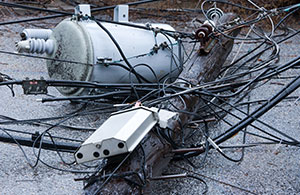 June 1st through November 301 is considered 'hurricane season' along the Eastern and Mid-Atlantic coast. As Hurricane Sandy demonstrated, major storms can be devastating but some of the damage caused by storms can be mitigated by homeowners
living in areas affected by them if they are properly prepared.
June 1st through November 301 is considered 'hurricane season' along the Eastern and Mid-Atlantic coast. As Hurricane Sandy demonstrated, major storms can be devastating but some of the damage caused by storms can be mitigated by homeowners
living in areas affected by them if they are properly prepared.
We’ve compiled some important tips and advice to help you make sure that you’re prepared for a hurricane or any other type of storm that could cause damage to your home – especially if the weather is severe enough to take power out for several days.
Listen to all weather advisories and heed all warnings
- Sign up for local alerts. Most county emergency management offices have a text messaging system that residents can sign up for to be alerted of any severe weather situations. You can also download emergency apps from NOAA and the Red Cross. Send the text message HURRICANE to 43362 (4FEMA) 2 to be notified of safety tips and other important information.
Storm preparedness outdoors
- Have gutters cleaned regularly. Clogged gutters can lead to expensive gutter repairs and water damage to your walls, basement, and foundation.
- Get your roof inspected to make sure you don’t have loose or broken roof tiles, and that everything is sealed tightly to prevent flooding from the roof.
- Consult with an arborist or tree care specialist to make sure that any large trees close to your home are strong and won’t fall during a storm.
- Put outdoor furniture, garbage and recycling containers or anything else that might turn into a projectile in high winds into your garage or basement.
- Download FEMA’s Guide to Hurricane Preparedness which covers everything from smart ways to protect your home, gathering supplies and features important information about dealing with the aftermath of any major disaster.
Storm preparedness indoors
- Get a NOAA Emergency Weather Radio to alert you when emergency weather situations are imminent even if you’re asleep or don’t have power. Many devices can be charged with external battery packs that charge cell phones or hand cranks.
- Pack a home emergency readiness kit that includes non-perishable food, flashlight, batteries, plenty of water, hand sanitizer, blankets, clean clothing, paper plates, plastic utensils and cups, pillows and any required medication.
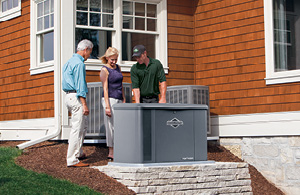 If you live in an area prone to power outages, it's smart to purchase a whole house or standby generator. Don’t wait until just before the storm is forecast to get one, as supplies often cannot meet demand with
a hurricane is on the way. Also, make sure to test any generator before it might be required. Think about how you intend to use it, how long you may need to use it because of power outages, and how you can safely store it during the storm. Talking
to a licensed professional can help you decide which generator is best for you, your home and particular needs. Having a backup generator can be a huge benefit when a storm hits, but only if you know how to use it safely.
If you live in an area prone to power outages, it's smart to purchase a whole house or standby generator. Don’t wait until just before the storm is forecast to get one, as supplies often cannot meet demand with
a hurricane is on the way. Also, make sure to test any generator before it might be required. Think about how you intend to use it, how long you may need to use it because of power outages, and how you can safely store it during the storm. Talking
to a licensed professional can help you decide which generator is best for you, your home and particular needs. Having a backup generator can be a huge benefit when a storm hits, but only if you know how to use it safely.- You may be forced to evacuate your home, so pack an evacuation kit for each member of your family. Put legal, financial, and insurance documents along with health records, the title to your home and cars, marriage licenses, and other important documents and papers in a storm and fireproof box in a location that's quick and easy to grab if you're evacuated.
- Turn your refrigerator up to the highest setting. The Red Cross suggests freezing leftover food, deli meats, or cheeses, and milk. Freezing prevents these foods from exposure to temperatures 40 degrees Fahrenheit for more than two hours.
- Make sure to turn off the gas in your home to avoid the potential of carbon monoxide poisoning. If there is any chance of flooding, be safe and turn off electricity as the combination of water and electricity is very dangerous.
- Unplug appliances, water heaters and remove anything you can remove from the basement, to minimize the extent of any potential damage.
1. Hurricane Research Division, Atlantic Oceanographic & Meteorological Laboratory
2. FEMA http://www.fema.gov/media-library/assets/documents/98105
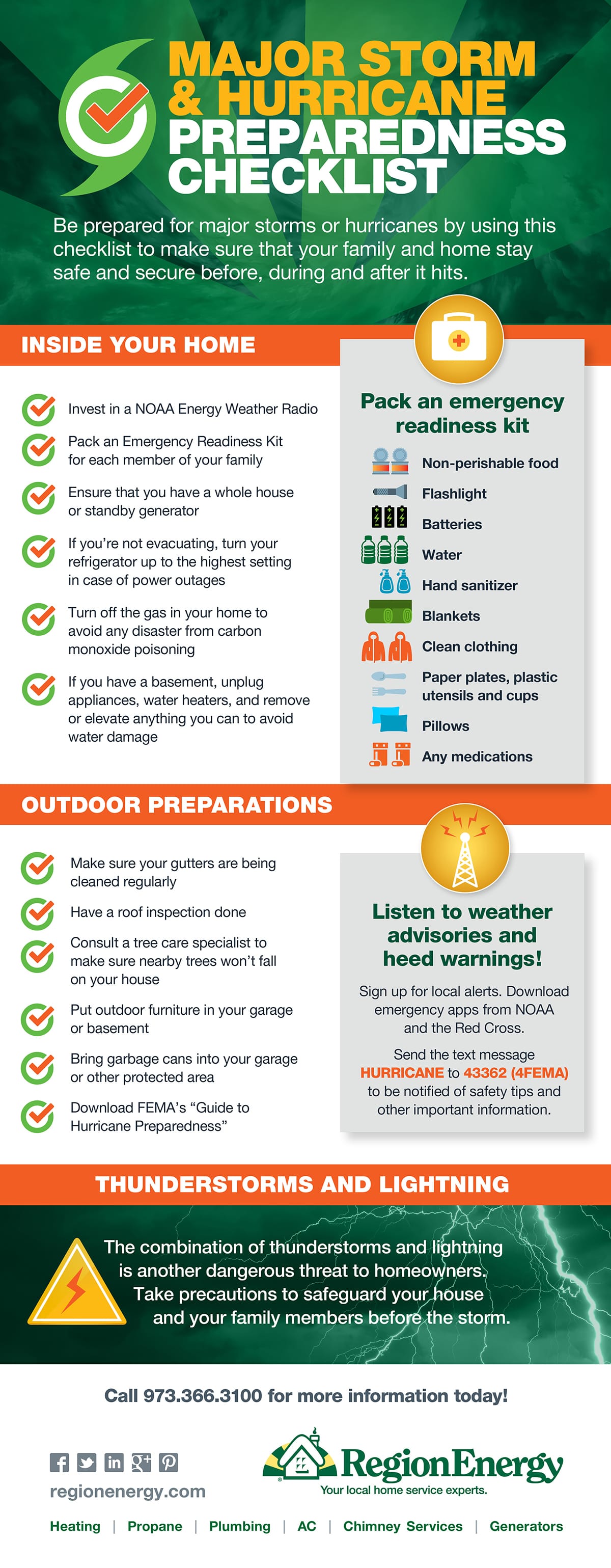

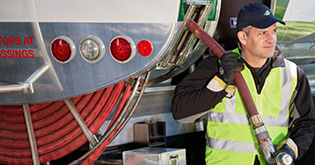
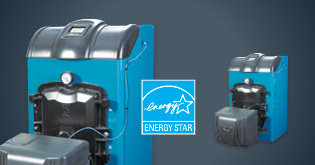
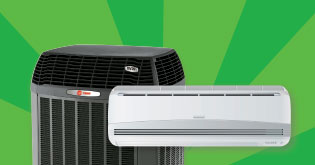
.jpg?sfvrsn=43a0195a_3)